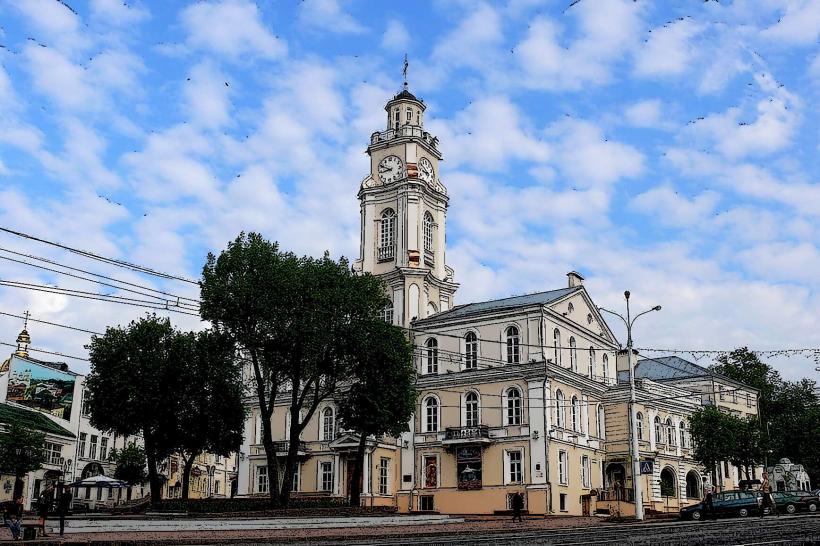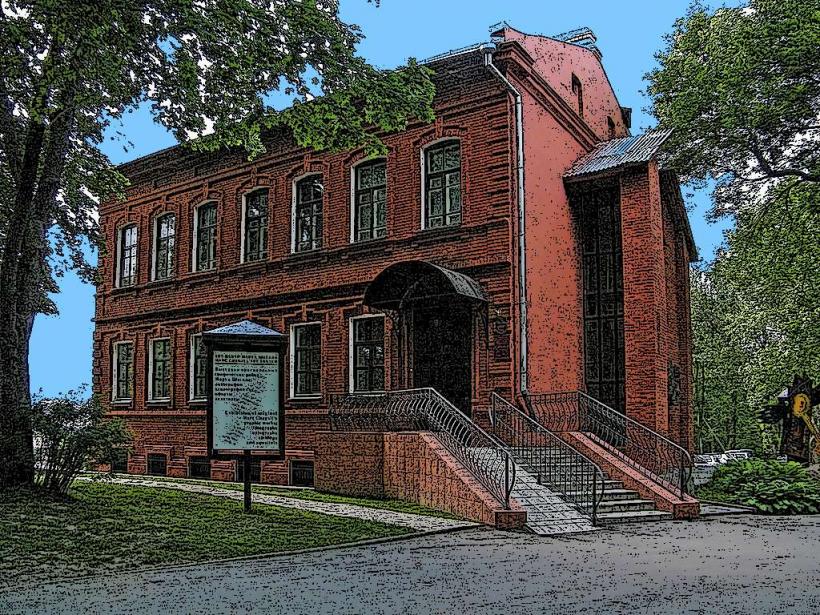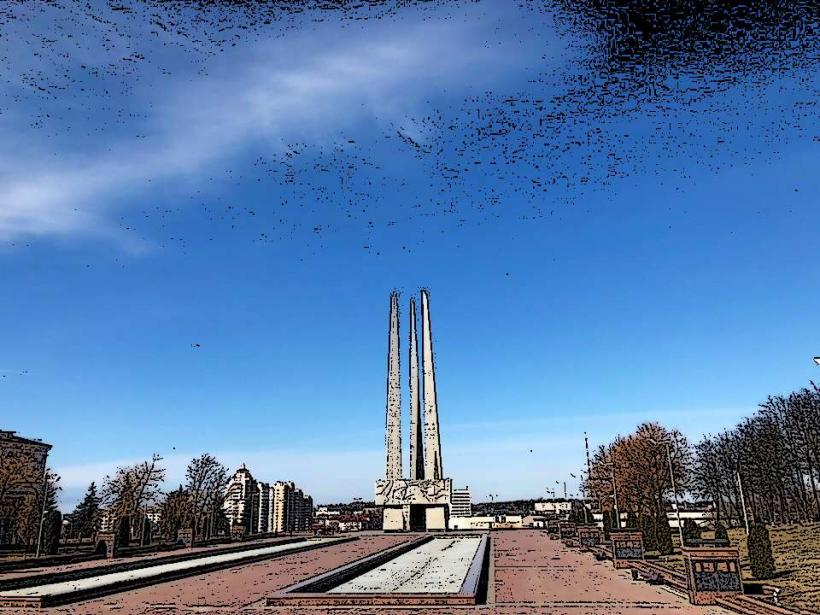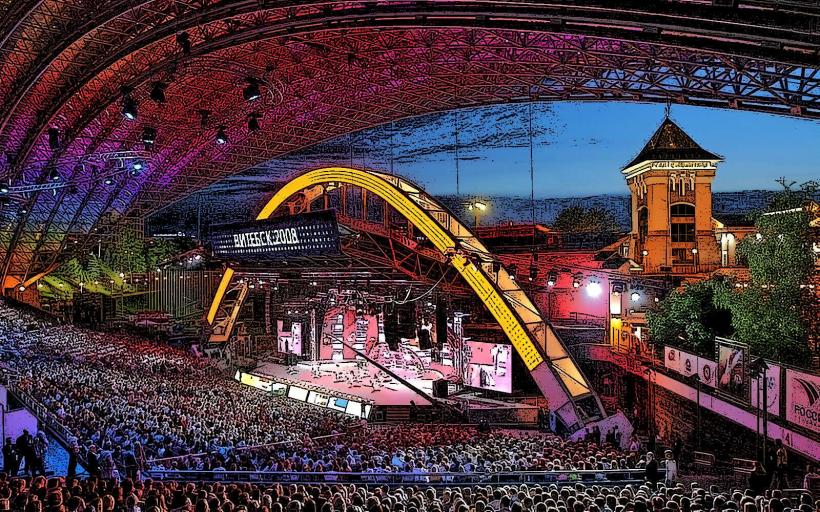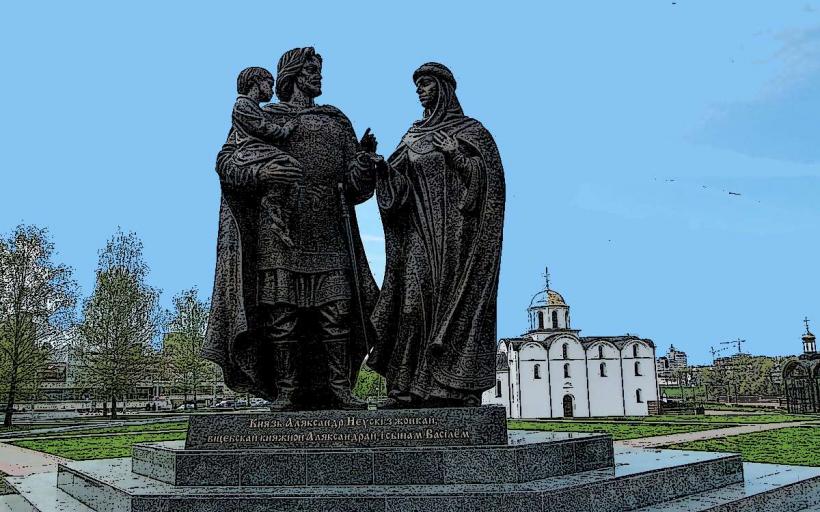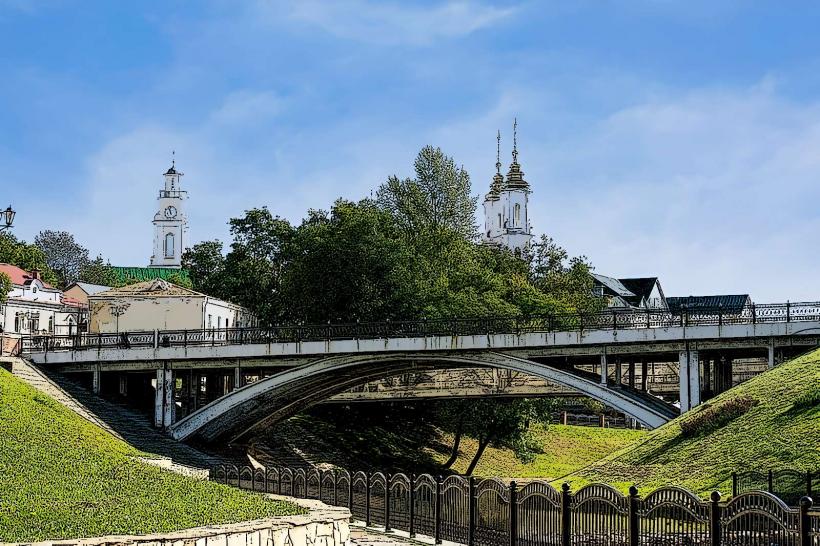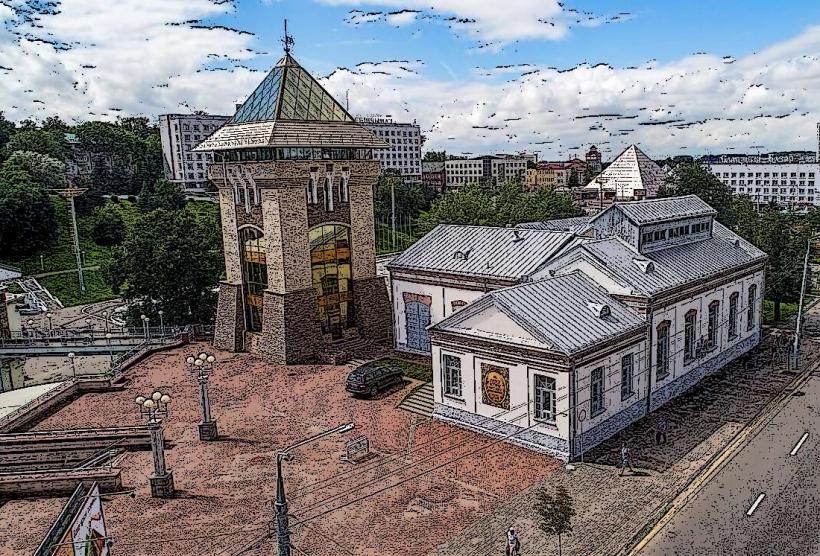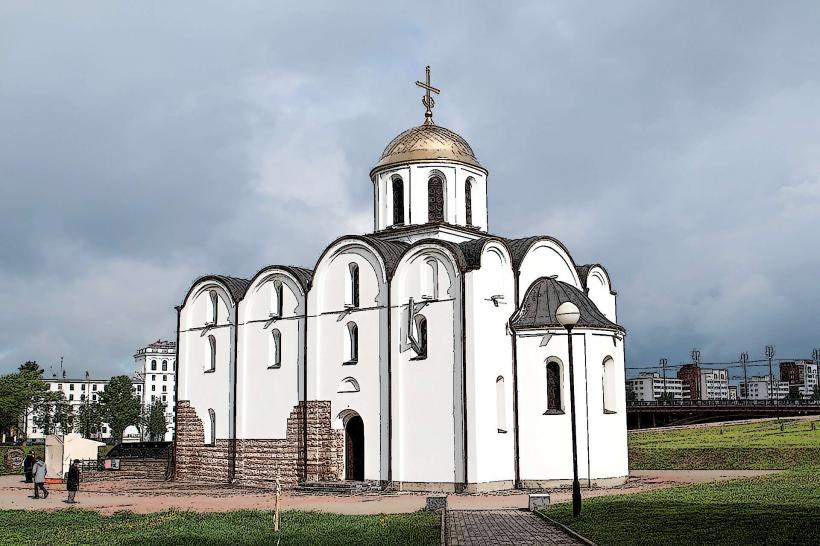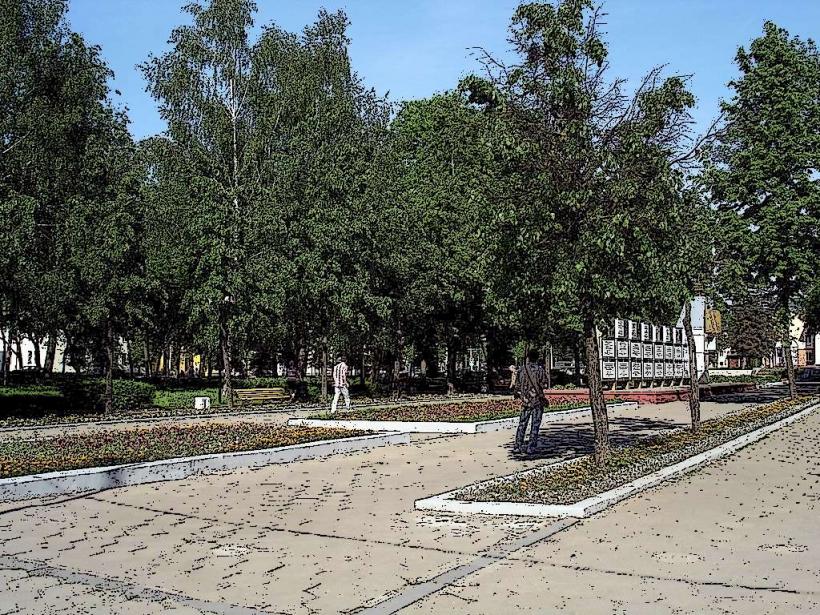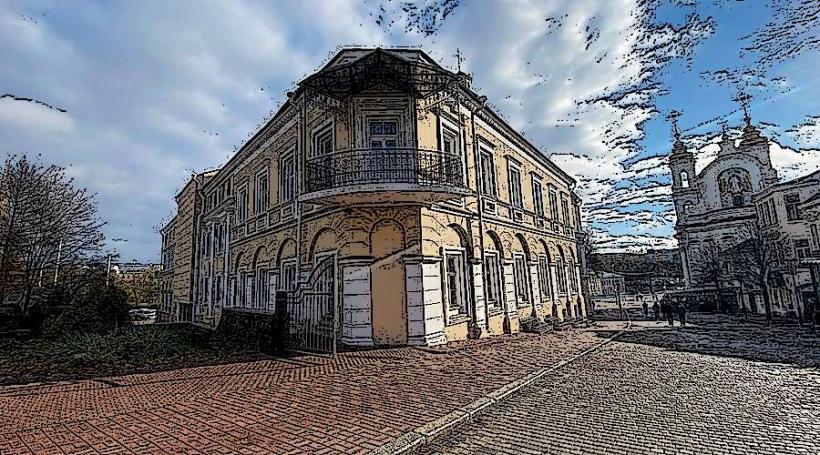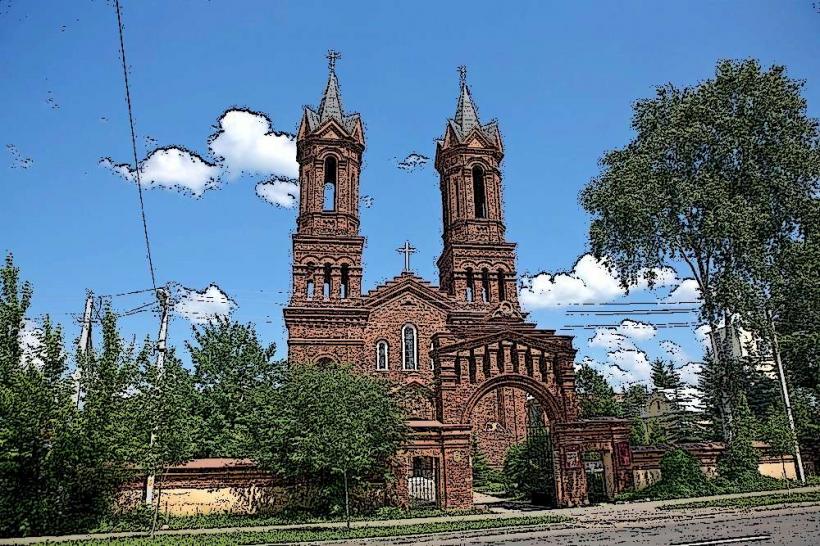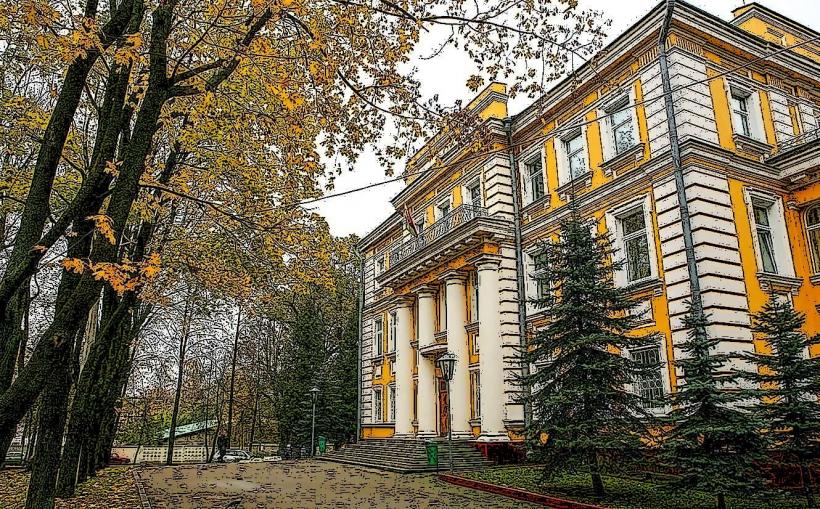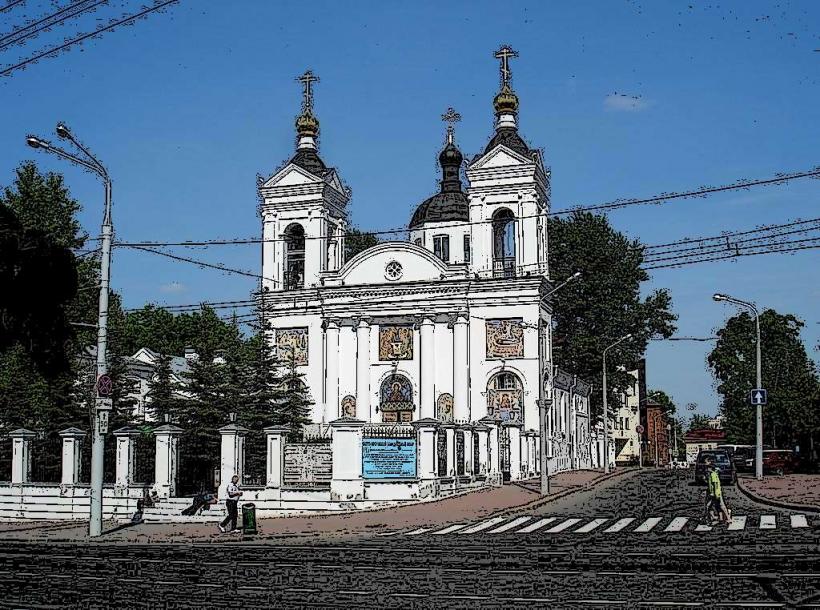Information
Landmark: Uspensky CathedralCity: Vitebsk
Country: Belarus
Continent: Europe
Uspensky Cathedral (Assumption Cathedral) in Vitebsk, Belarus, is one of the most important and iconic landmarks in the city. It is known for its historical significance, stunning architecture, and deep religious importance. Here’s a detailed look at the cathedral:
Historical Background
Uspensky Cathedral was originally built in the late 16th century, between 1583 and 1596, on the orders of the Grand Duchy of Lithuania’s rulers. It was constructed as a symbol of the Orthodox Christian faith in the region, specifically as part of the efforts to fortify the city both spiritually and politically.
The cathedral has undergone several reconstructions and changes throughout its long history. In the early 18th century, it was rebuilt in a baroque style, and it has since undergone various renovations, including significant restoration work in the 20th and 21st centuries.
In 1919, following the Bolshevik Revolution and the establishment of Soviet power in Belarus, the cathedral was closed, and it remained inactive for much of the 20th century. However, after the dissolution of the Soviet Union, Uspensky Cathedral was reopened as a place of worship and restored to its religious function.
Architectural Features
Uspensky Cathedral is renowned for its grand design and beautiful details that reflect the development of Eastern Orthodox church architecture in the region. Some of the key architectural features include:
- Baroque Influence: The cathedral's most striking feature is its Baroque architectural style, which was incorporated during the 18th-century reconstruction. This includes ornate facades, large windows, and decorative elements that give the building a majestic appearance.
- Three Domes: The cathedral is distinguished by its three large, golden-domed roofs. The central dome is the largest and is a typical feature of Orthodox church architecture, symbolizing the presence of God.
- Iconostasis: Inside, the cathedral features an impressive iconostasis (a large wall of icons) that separates the sanctuary from the rest of the church. The icons are an essential part of the Orthodox liturgy and are known for their intricate detail and religious significance.
- Interior Paintings and Decorations: The cathedral's interior is richly decorated with religious paintings, frescoes, and detailed woodwork. The icons, which adorn the walls and the altar, depict various biblical scenes and saints, showcasing the beauty of Eastern Orthodox art.
- Facade: The exterior of the cathedral features a grand, yet harmonious design, with decorative stucco work, large windows, and columns. The bell tower, which stands adjacent to the main structure, adds to the cathedral’s commanding presence in the city.
Cultural and Religious Importance
Uspensky Cathedral holds significant cultural and religious value, not only for Vitebsk but for Belarus as a whole. It is a major center of the Eastern Orthodox Christian faith and has been a place of worship for centuries. It is part of the Vitebsk Diocese of the Belarusian Orthodox Church, and its liturgical services and festivals attract both local parishioners and visitors.
- Historical Role: Throughout its history, the cathedral has played an important role in the religious life of the city and the region. It was a center for Orthodox Christianity during the time of the Grand Duchy of Lithuania, and its religious significance continued through the Russian Empire and the Soviet era.
- Symbol of Vitebsk: The cathedral is also a symbol of the city's resilience. It survived the hardships of the 20th century, including the Soviet era when many religious buildings were closed or destroyed. The reopening and restoration of Uspensky Cathedral after the fall of the Soviet Union represents the revival of religious life in Vitebsk and Belarus.
Role in Festivals and Events
Uspensky Cathedral is an active place of worship, and it hosts important liturgical events, especially during key Orthodox holidays like Easter, Christmas, and the Assumption of the Virgin Mary (which the cathedral is dedicated to). The cathedral is known for its magnificent celebrations during these festivals, drawing large numbers of worshippers from the surrounding region.
- Pilgrimage Site: Due to its long history and spiritual significance, the cathedral is also a pilgrimage site for many Orthodox Christians. Its religious festivals and the serene atmosphere of the church make it a peaceful destination for reflection and prayer.
- Cultural Events: In addition to its religious services, the cathedral sometimes hosts cultural events, concerts, and exhibitions related to Orthodox Christianity and Belarusian culture.
Location and Accessibility
Uspensky Cathedral is located in the central part of Vitebsk, on the banks of the Western Dvina River. It is situated near other significant landmarks, such as the Vitebsk Town Hall and the Marc Chagall House-Museum. The cathedral’s central location makes it a key feature of the city’s historical and cultural landscape.
The cathedral is easily accessible to visitors, and it is an essential part of any cultural or historical tour of Vitebsk. Its presence dominates the city’s skyline, and its location next to the river provides a beautiful backdrop for visitors.
Visiting Uspensky Cathedral
- Opening Hours: The cathedral is typically open for religious services, but it is also open to tourists outside of service hours. Visitors can explore the architecture and interior during the day.
- Admission: Entry is generally free for visitors, though donations are often welcomed to support the maintenance and restoration of the cathedral.
- Guided Tours: Visitors can learn more about the history and significance of Uspensky Cathedral through guided tours, which are available in multiple languages. These tours provide deeper insight into the architecture, artwork, and religious importance of the cathedral.
Conclusion
Uspensky Cathedral in Vitebsk is a stunning example of Eastern Orthodox religious architecture, blending historical and artistic significance with deep spiritual meaning. As one of the city's oldest and most important landmarks, it represents the cultural and religious heart of Vitebsk. Whether you are interested in architecture, history, or religious traditions, a visit to Uspensky Cathedral provides a meaningful experience that highlights the enduring legacy of Belarusian Orthodox Christianity.

